28mm Tire Shootout
It’s almost winter for those of us in the northern hemisphere. For many, that means that their road and triathlon bikes go into the garage, while cyclocross and mountain bikes emerge from hibernation. Those that do continue to road ride are left at the mercy of ever-changing conditions, including debris (e.g. sticks, leaves, walnuts, pine cones, etc), potholes, and wet roads.
That in mind, many folks choose a wider tire for their winter road riding escapades. More tire means better ride quality over bumps and less chance that garbage on the road will cause a crash. Most road frames are limited to a maximum of 28mm tires, while others can only handle 25mm tires. When conditions get truly poor, my personal minimum is 28. If they fit into your road frame – great. If not, they’ll fit in to any cyclocross bike, which can double as a winter road bike.
While I swap out to full knobby or studded tires for snowy conditions, I’ll always have a place in my heart for a good 28mm tire (or thereabouts). Today we’ll cover four models from various manufacturers that we have tested in 2013. They are the Challenge Paris-Roubaix, Michelin Pro 4 Service Course, Serfas Seca RS, and Specialized Roubaix Pro.
Challenge Paris-Roubaix
The first contestant in our Fat Tire Showdown is the Challenge Paris-Roubaix. The official name (for us non-‘mericans) is Parigi-Roubaix. I’m no scholar, so I will do my own translation: ‘Super-supple… soft-like-butter… tan-hide beauty’:
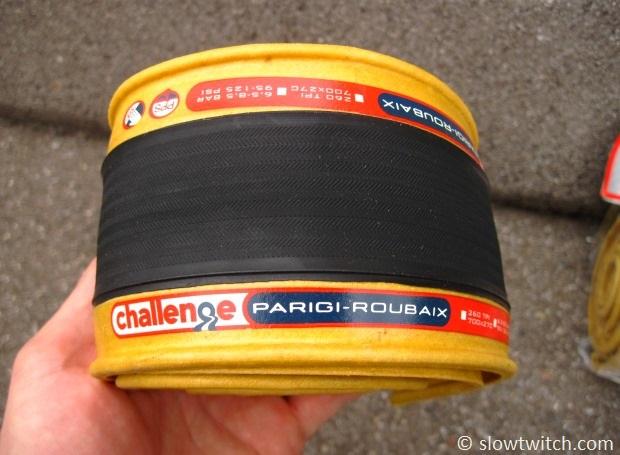
Before we even get rolling, I give the cool-factor award to this tire. If I was building up a custom steel road bike for Gran Fondo riding, these would be an automatic line item on the parts list. I’m a sucker for the classic look of tan sidewalls on the right bike. For those who must be more modern, a full-black option is also available.
Challenge Paris-Roubaix specs:
MSRP: $75.99
Labeled size: 700x27c (measured 30.8mm new / 31mm stretched on a 20.6c rim)
Weight: 285g quoted, 280g measured
Casing: ‘Super Poly’ polyester, 260tpi
Pressure: 95-125psi; 6.5-8.5 bar
Colors: Black/tan, black/black
Also available in tubular version
Note that the Paris-Roubaix is changing for 2014. The casing goes from 260 threads-per-inch (TPI) to 300. In addition, the new tire gets a double-layer puncture belt, vs. a single layer for the 2013 tire. According to Challenge Marketing and OE Sales Director, Chris Clinton, they received feedback that more and more riders wanted to use this tire as a legitimate gravel tire, rather than a road-only tire. They opted to double up on the puncture strip to improve durability, and changed to the higher quality casing to retain ride quality and low rolling resistance.
Let’s flip that tire over to see the inside:

My original plan was to mount these tires on my cyclocross bike for road riding. That bike currently has Shimano’s WH-MT75 wheels, which are a 700c disc brake model for use on 29er mountain bikes and disc brake cyclocross bikes. To make a long story short, there was no way that the tires would fit; they were much too tight. In the past, I have ridden at least 6 or 7 other tires on those wheels, and all have fit without particular difficulty.
I inquired with Clinton to see if I was doing something wrong. The rims are tubeless-compatible, but that does not mean that they require tubeless tires. In fact, I was able to mount the Paris-Roubaix on another tubeless-compatible rim, the new Hed Ardennes+ (though it was tight).
Clinton responded that, in fact, they had slightly reduced the diameter of their tires a few years ago, due to customer feedback. Beyond that (and I’m paraphrasing), the wheel and tire world is going through some growing pains. Many new rims completely ignore existing ETRTO and DIN standards for shape, width, and diameter. Even though a true tubeless standard exists for mountain bikes (UST), most manufacturers now make their own slightly different version to save weight and have a unique sales story. I have heard similar sentiments from wheel manufacturers in regards to the tires on the market – they're all over the map.
Where does that leave us? Unfortunately, I’m not sure. One might think that any 700c tire would fit on any 700c wheel, but I can confirm that reality is otherwise. My experience is that handmade tires – those that are completely flat in their packaging – suffer more on the new goofy wheels.
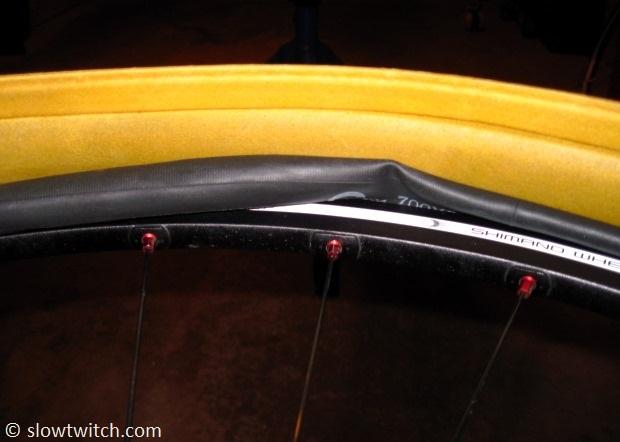
In the above photo, notice how tight the tire’s casing sits against the rim. With so little room to stuff the inner tube, I had to go with a smaller-than-normal size. Rather than a 700×28 tube, I had to use one intended for a skinny 700×20-23 tire.
With both beads mounted on the Hed rim, you can see how flat the casing sits:
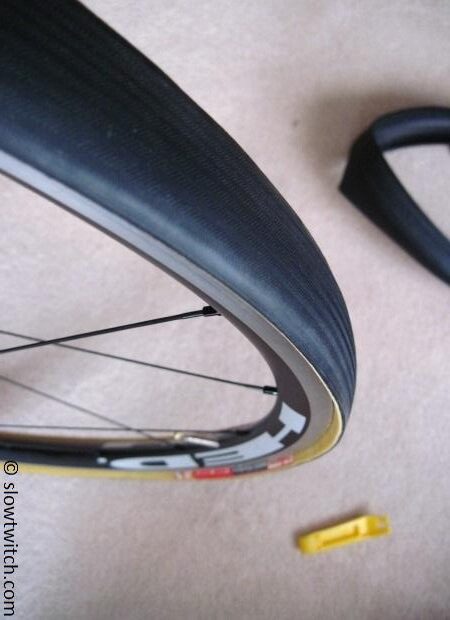
I’ve heard that these tires run large – in the range of 29mm on a narrow rim. On my fat Hed rims, my tires measured a whopping 30.8mm when brand new at 80psi. After a few days, this stretched to a full 31mm. They just fit inside my titanium tri bike. The closest clearance was with the Dura Ace 9000 front derailleur, which had about 2mm to spare:
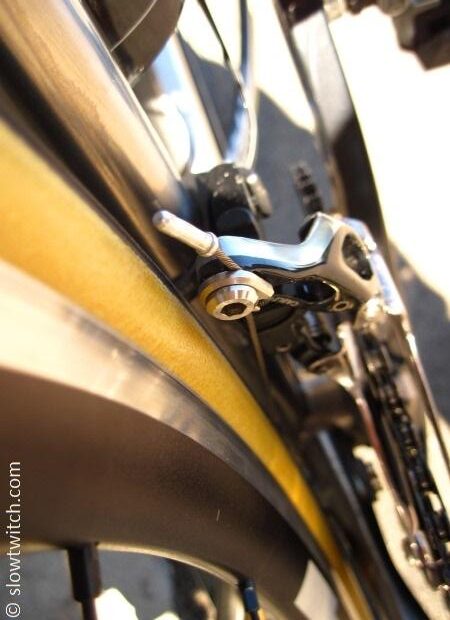
Once on the bike, I really enjoyed these tires. At about 70psi, they are smooth to say the least. Part of this is undoubtedly due to the enormous size, and the fact that I could use the lowest pressure with them. I suffered zero punctures, and imagine that the 2014 tire will be a notch better.
Michelin Pro 4 Service Course
How did Michelin make it in this test? I thought the largest option in their Pro 4 line was a measly 25mm tire.
As I’ve written before, the Pro 4 is one of my favorites. My only real gripe about this tire is the labeling; it is not a 25mm tire. On a narrow road rim (e.g. 20mm outer width, 15mm internal width), they measure just under 28mm wide. On my wide Ardennes+ wheels, they were 28.0mm when brand new, and 28.8mm after a few weeks.
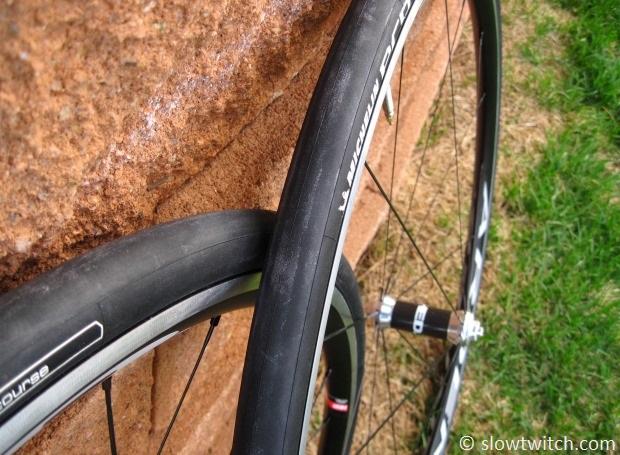
Let’s look at the numbers.
Michelin Pro 4 Service Course specs:
MSRP: $75
Labeled size: 700x25c (measured 28mm new, 28.8mm stretched on a 20.6c rim)
Weight: 215g quoted, 227g measured
Casing: 110tpi nylon
Pressure: 87-116psi
Colors: Black
This photo shows the difference between the 23mm version (left) and the ‘25mm’ version (right). The two tires are clearly very different:
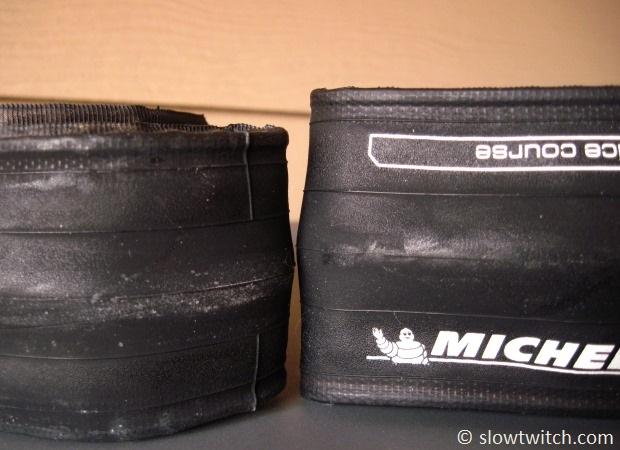
I feel that Michelin doesn’t get as much press as they deserve, primarily because their tires are somewhat forgettable (and that’s a compliment). They are durable. They do everything well. The casings look good. After you install them, you don’t need to think about them.
Indeed, I struggle to find anything dramatic to say about the Pro 4. However, I also struggle to find anything bad to say, either. Punctures are possible on any tire, but uncommon on these. The ride quality might not satisfy the pickiest of the picky ‘bike snobs’, but I’d be lying if I told you I could feel a magical difference between these and almost any other tire of the same size.
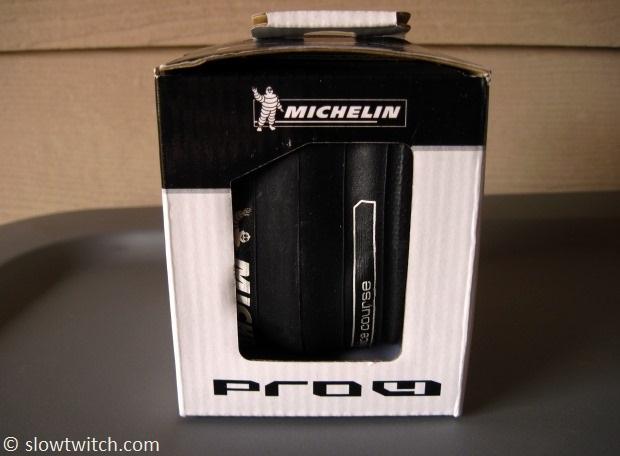
In terms of rolling resistance, the Pro 4 Service Course hits a wonderful sweet spot. Tom Anhalt is a biker, blogger, and Slowtwitch contributor. He tested the Pro 4 several months ago, and graciously shared his test results with us. With a ‘cost’ of 40 watts per pair of tires, they sit in the middle of the pack – much faster than heavy/thick tires, but understandably slower-rolling than a paper thin track tire. For those that do want a faster-rolling tire from Michelin, they offer the Comp and Comp Limited version of this tire, though not in 28mm size.
The Michelin Pro 4 is not a bargain tire, but you’d be hard pressed to find something that performs better in all conditions.
Serfas Seca RS
For some reason – and I can’t figure it out – Serfas is relatively unknown in the triathlon world. I have personally been using their tires off-and-on for over ten years, and they are consistently very nice.
Specifically, I used the original version of this tire back in my bike shop days. While I bought them based on the price, I was pleasantly surprised to find that they were great tires.
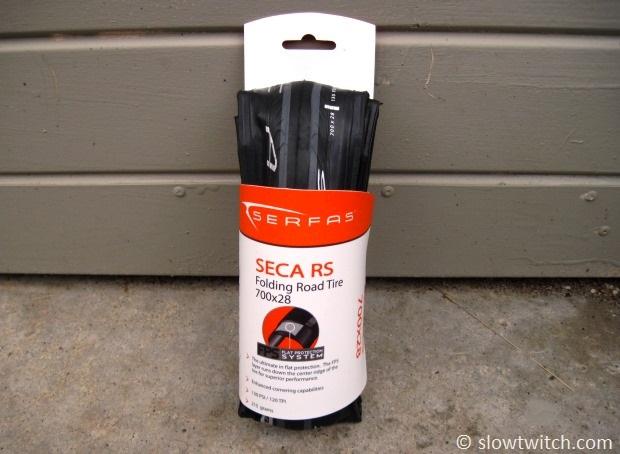
I remember buying one pair and riding them for about six months. As I headed back to school after a summer of shop work, I bought an extra pair to eventually replace my existing tires.
The spare tires sat around. They waited. They waited some more. I don’t remember the exact time period, but I ended up riding on the old tires at least an entire extra year before replacing them. I still kept the old ones around as spares, because they weren’t completely dead yet. Punctures were very rare, and the darn things just seemed to last forever.
Since that time, the Seca RS has had some changes. The tread pattern is new and the compound has been updated. It still has the Serfas F.P.S., or Flat Protection System.
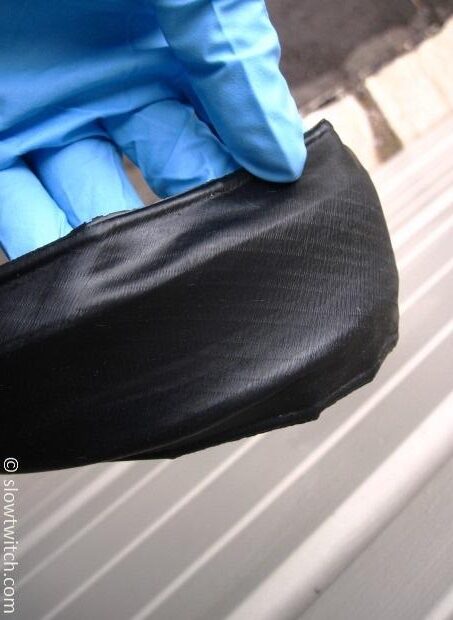
Let’s look at the full specs.
Serfas Seca RS specs:
MSRP: $40
Labeled size: 700x28c (measured 27.8mm new, 28.4mm stretched on a 19c rim)
Weight: 230g quoted, 222g measured
Casing: 120tpi
Pressure: 130psi max
Colors: Black/gray
Serfas gets the award for having the most accurate width, the lightest weight, and the lowest price by far. They also installed incredibly easily. Remember that Shimano wheel on which I was completely unable to mount the Challenge Paris-Roubaix? The Seca RS went on in seconds. I never flatted on the tire – but if I ever do, changing the tube will be painless.
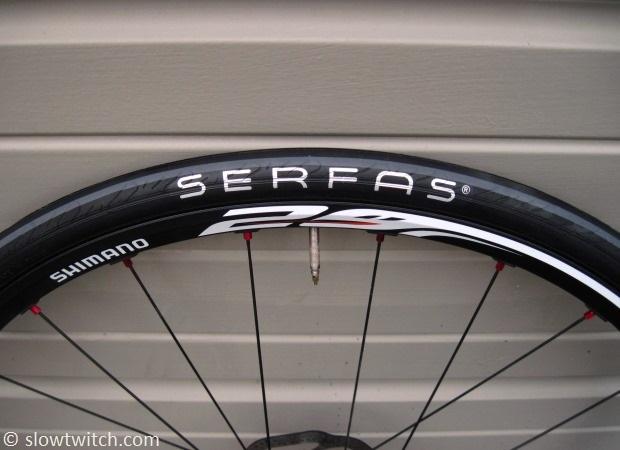
Similar to the other tires in this test, I rode these in the range of 75-80psi. In a blind test, I couldn’t tell you which tire I was riding.
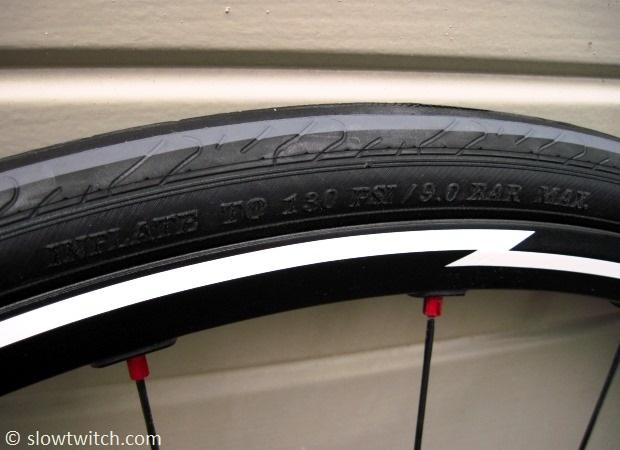
What about speed? What about rolling resistance? Unfortunately, I don’t have any test data for these tires. Given that I use them for training, I don’t really care. For all I know, they could be the fastest rollers of the whole bunch.
The easiest way to summarize my opinion of the Serfas Seca RS is this: If I was shopping for tires with my own money, these are the ones I’d be walking out of the store with. Granted, they’re also the only ones in my price range – but the quality and value are worth much more. They also sell this very same tire in 700×23 and 700×25 widths, which deserve the same attention.
Specialized Roubaix Pro
Specialized offers a lot of different road tires, but this is the best one if you ask me. We used them on our Roval Rapide CLX60 test wheels, and recently featured them in a review of the Specialized 2014 tire line. Given that, we won’t talk about them at length today, but I still wanted to throw in a few words.
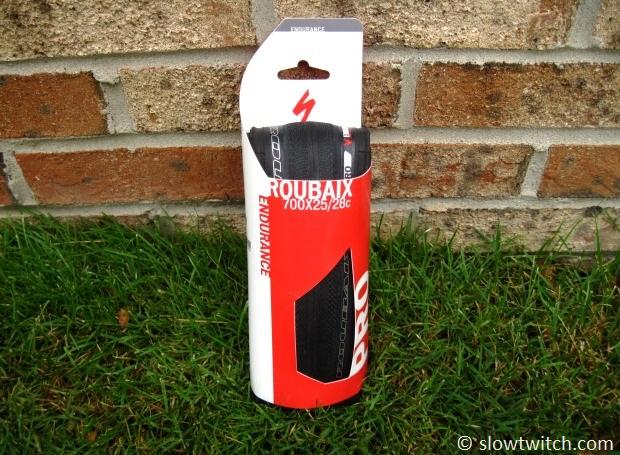
Since we’re covering the specs of all our tires, let’s look at what Specialize is offering in the Roubaix Pro.
Specialized Roubaix Pro specs:
MSRP: $55
Labeled size: ‘700×25/28’ (measured 28.4mm new, 29.0mm stretched on a 17c rim)
Weight: 300g quoted, 306g measured
Casing: 120tpi Endurant
Pressure: 115-125psi
Colors: Black
As mentioned in our previous articles, this tire is getting a makeover for 2014. Along with the race-only S-Works Turbo tire, the Roubaix Pro gets an all-new compound that results in better grip and lower rolling resistance.
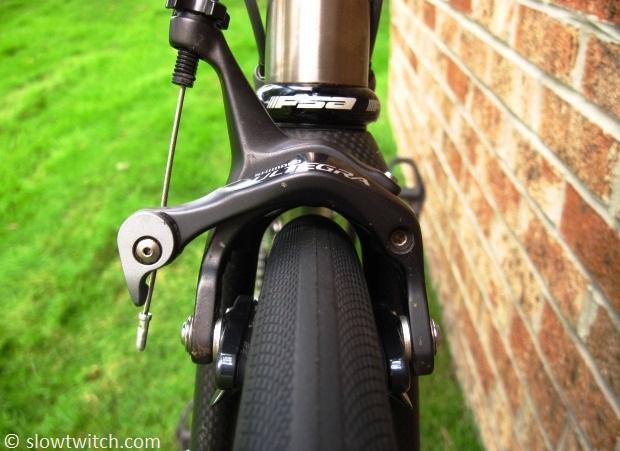
Tom Anhalt tested the 23/25mm version of this tire for us, and it came out just under the 23mm Michelin Pro 4, at 38 watts consumer per pair of tires. Wide tires tend to have lower rolling resistance than narrow tires, and I imagine that the Roubaix Pro’s extra width contributes to its quick performance (however, this carries an aerodynamic penalty).
Perhaps of greater significance is how well this tire rolls given its mass. It is the heaviest tire of our test. It also feels to be the thickest, and I’d venture a guess that its puncture resistance is equal-or-better than the beefy Michelin. Low Crr generally comes at the expense of puncture protection, so Specialized has achieved something that is very difficult.
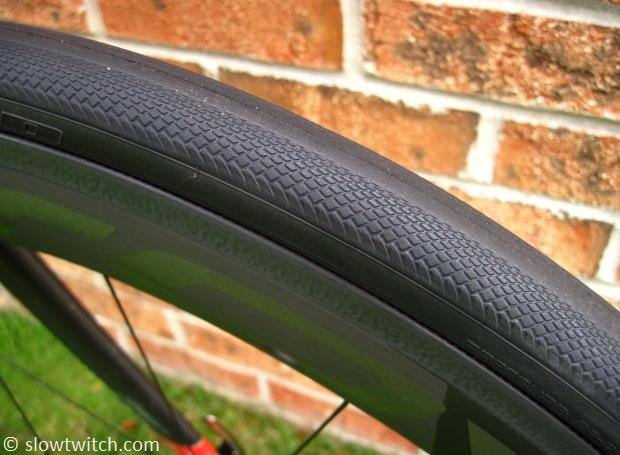
Last but not least, this is the only tire of the group that has a significant tread pattern cut in to it. I don’t really know if it does anything, but I like the look of it. In addition, it adds some reassuring placebo effect for grip when conditions really get dicey (hey – at least I’m honest).
Who wins?
Overall, I have a nice selection of tires to choose from this fall and winter. Which is right for you?
If you don’t know what to buy and you have the dough, the Michelin Pro 4 is your tire. It does a lot of things well, it’s durable, and we know that it isn’t a slouch in the Crr department. If you want velo-cool style and huge volume, the Challenge Paris-Roubaix takes the cake. Just know that it fits best on traditional-style (e.g. non-tubeless) rims and requires a small-volume tube. If you’re on a budget like me, look no further than the Serfas Seca RS. It runs true-to-size, installs very easily, and seems to be very durable. Did we mention it is also the lightest tire in our test? Finally, I give Specialized the Tech Award for its fast rolling performance, fantastic durability, and eye-catching tread pattern.
Are there other tires out there in 28mm tires? Sure. Some of those other choices include the Continental GP4000 S II, Vittoria Rubino Pro, Hutchinson Sector 28, Bontrager, Schwalbe, and others. The options have greatly multiplied, much to our benefit.
What about 650c? Unfortunately, your options are slim. We did an in-depth review of one of your only choices above 23mm, the Serfas Urbana 28c (linked at the bottom of this page). That tire measures in the range of 26-27mm depending on rim width, and is very similar to the Seca RS above. There is an advertised 28mm tire from Terry in 650 diameter, although we have no experience with it. If you ride 650c, start a petition with your local government to force more tire options. If you haven’t ventured beyond 23mm, you are truly missing out.



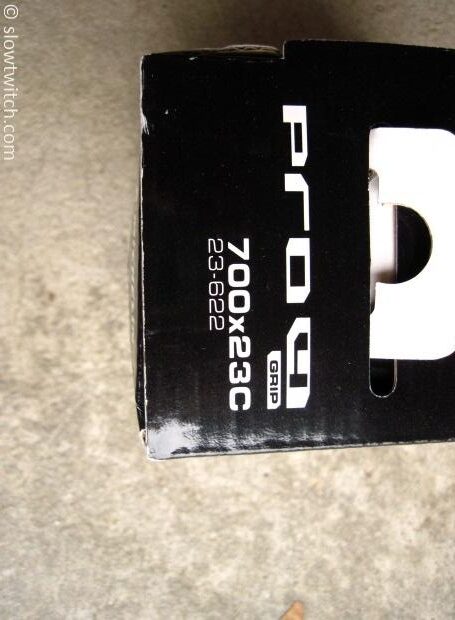

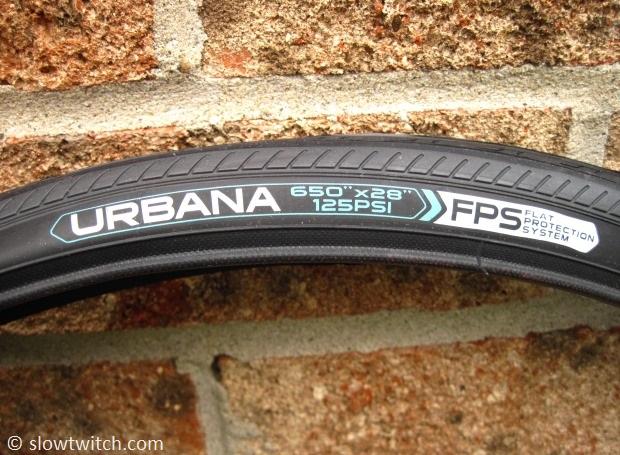
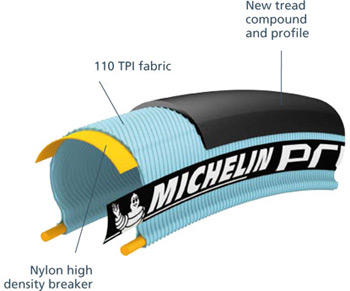
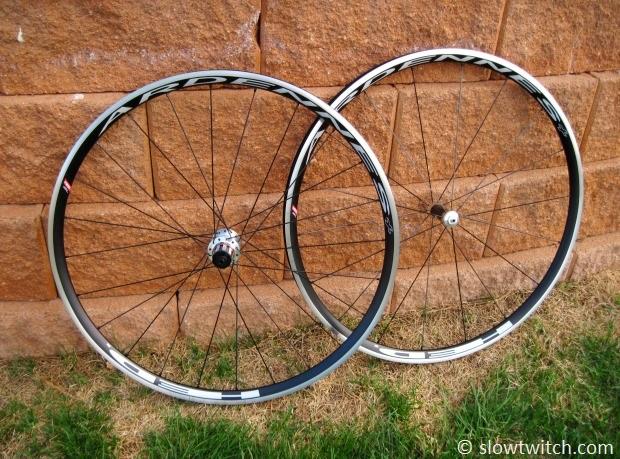
Start the discussion at slowtwitch.northend.network